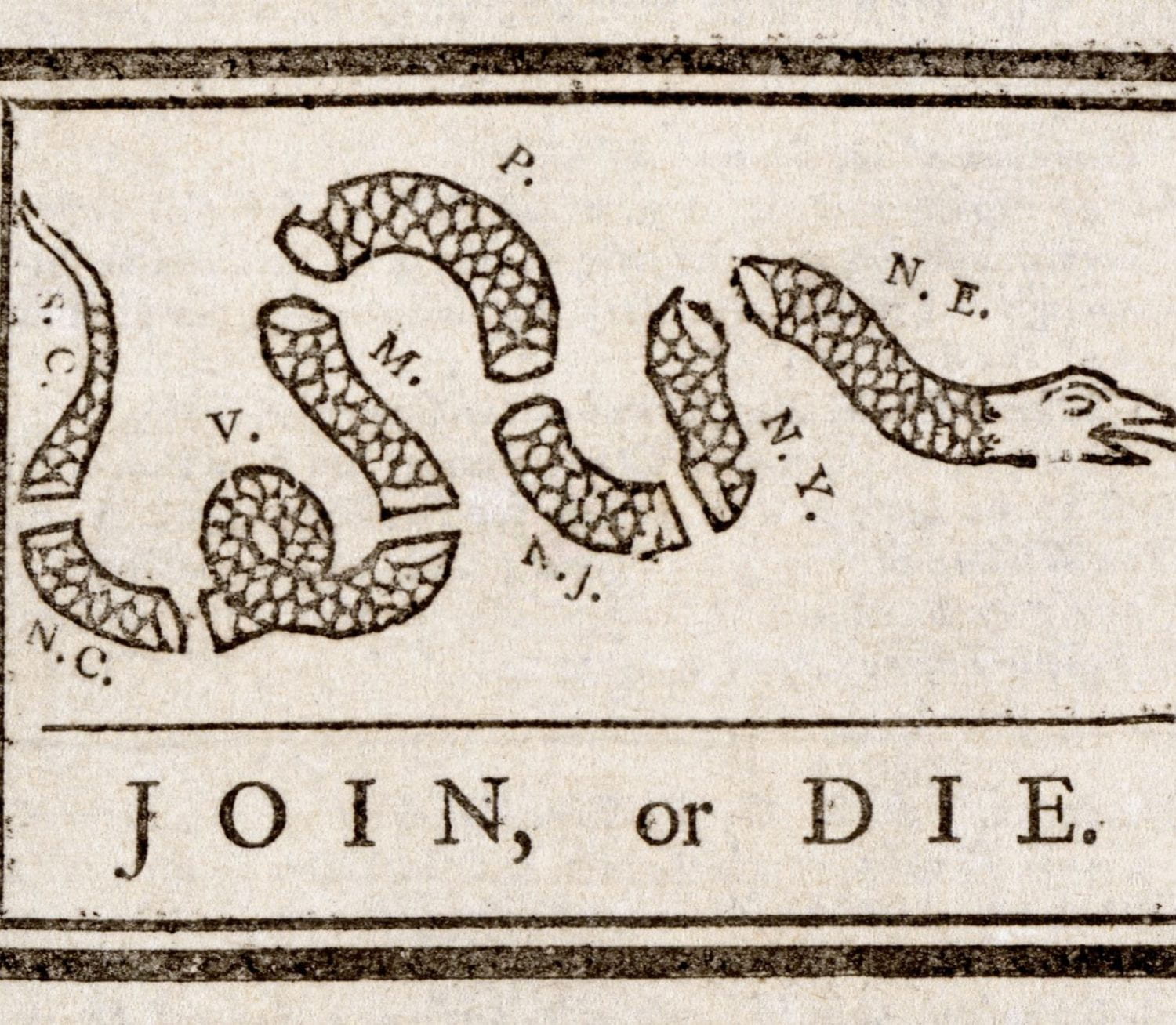by Sarah Savage
Upon my brainstorming session for the second blog post assignment this semester, I found that I struggled in narrowing down my interests into a concise post. But after browsing the archives for a little, I found that something I wanted to research further and learn more about was the Battle at Valley Forge. I think it is safe to say that we are all probably somewhat familiar with the broader details regarding this battle, like that it was fought from 1777-1778 and was commanded by General George Washington. Since it is such a well-known battle of the American revolution, I figured that I should know more about it (at least to the point where I know vaguely what I am talking about if the topic were ever to arise in dinner conversation, perhaps).
So I conducted some preliminary research on the battle, just so I was familiar with the basics. If Wikipedia is as reliable as I would like to believe it is, then this battle was actually the third of eight winter encampments of the continental army during the years of the war. Additionally, the battle has been credited with being the “Birthplace of the American Army” because it was believed to be the first battle where the continental army formed a strong, concise unit and fought as a whole. Valley Forge is located around twenty-five miles outside of Philadelphia, and George Washington made the decision to camp there for that very reason-to be close to the British who were stationed in Philadelphia. I was in search of an artifact from this battle that really captured this unity and camaraderie that Valley Forge was best known for, and eventually I found myself browsing around the paintings of Valley Forge on the “Digital Public Library of America” database. I was pleased to discover that there were, in fact, several notable paintings from this battle, so I decided to choose the two that I liked best.
The first painting I decided to focus on was William T. Trego’s oil on canvas entitled “The March to Valley Forge.” Upon inspection of this painting, I realized that the faces of Trego’s soldiers are nowhere near happy and absolutely did not capture this unified front that we know of now. Then I thought, “well duh, I don’t think I would be too happy either in temperatures less than ten degrees…” I found out that Trego’s inspiration for the depressing hues and faces of his painting was actually a quote from Washington Irving’s “Life of George Washington” which read: “Sad and dreary was the march to Valley Forge.”
 Trego: The March to Valley Forge
Trego: The March to Valley Forge
The second artifact that I found interesting was actually a map of the encampment at Valley Forge that was drawn in 1778. This map was difficult to decipher in my opinion because I had trouble reading the key. There was a number of strange symbols that I could not quite understand, but this made it even more interesting in a way. Click the link and let me know if you can understand it!


